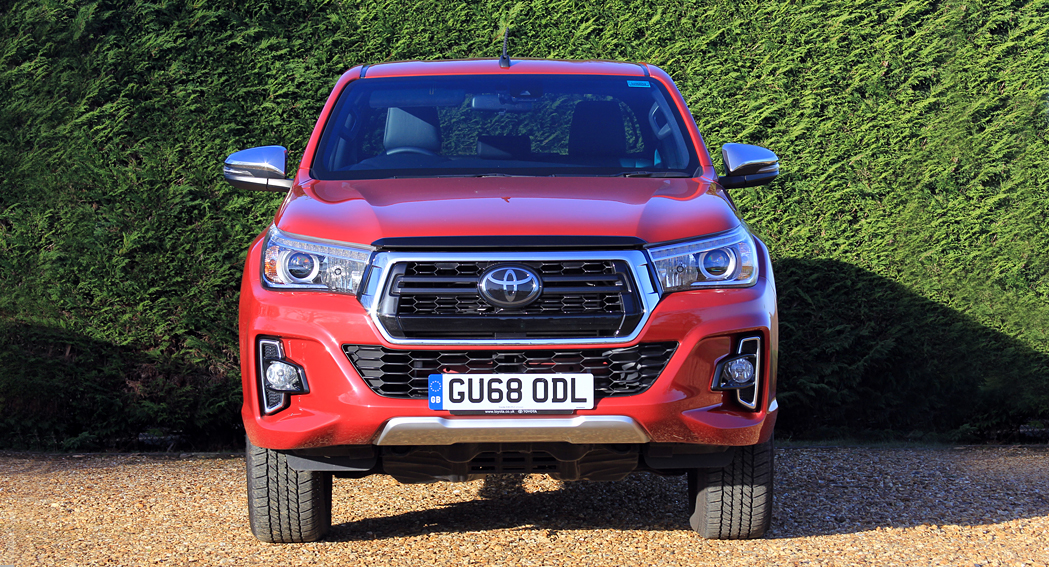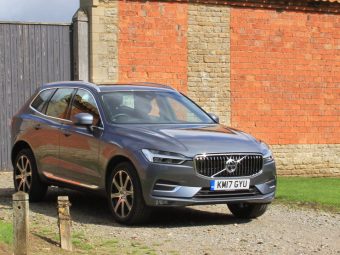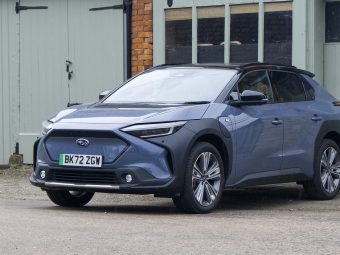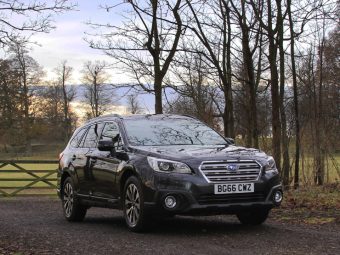The Moon, an ever-present inanimate object dancing with the earth’s celestial gravity, powering tidal forces and illuminating the night sky. Such power is reserved only for mother nature yet it does exist here on earth. We call it the Toyota Hilux. It’s seemingly been around as long as the moon has been orbiting the earth.
And the Hilux tidal force is used to move dirt, or trailers, possibly caravans. It is known for traversing the arctic or crawling up fiery mountainsides. Yet it can be found on the modern day battlefield, mechanized cavalry for warlords and the military alike.

But enough of the opening monologue. The Hilux is the original Pickup of all pickups.
It’s been around since 1968, a 20th Century ideal remade for the 21st-century millennial. The 8th generation was introduced in 2015. A facelift followed in 2017 and the Daily Car Blog is behind the wheel in 2019.
History has been made. This day will be remembered.
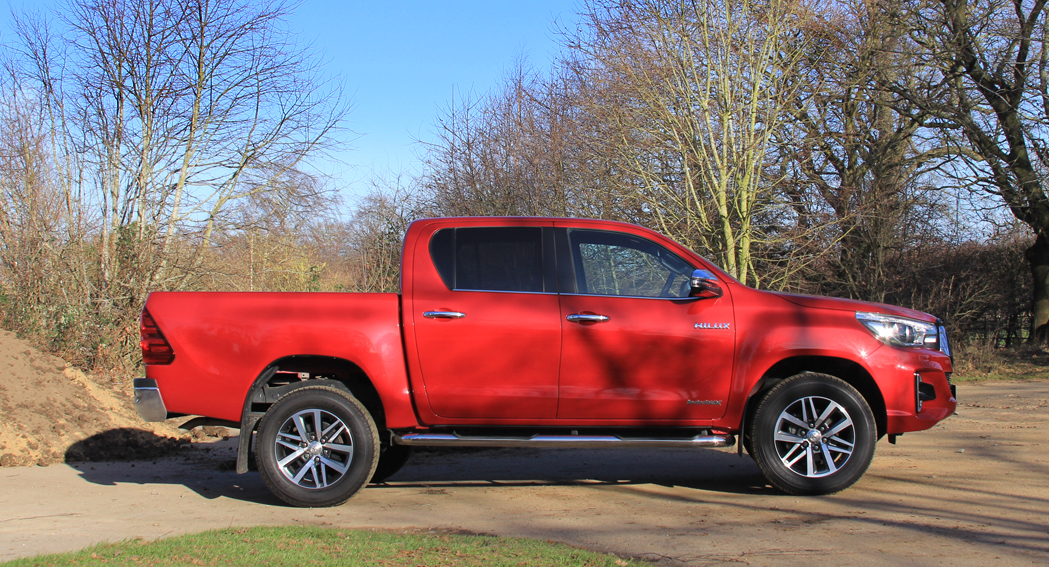
There will always be competition in the Pickup Truck sector. For example, if you go for the Nissan Mercedes X Class you should be sent to prison for life. The Toyota Hilux is purpose-built for hard living to do pick-up-type tasks. And it’s also available in consumer trim, to make it look as though you do pick-up-type things.
In the UK the Toyota Hilux is available in no less than 7 model variants, from single cab entry-level models to double cab premium editions. Prices start from £24k and can go up to £38k. Only one engine is available. The 150bhp 2.4-liter 4-cylinder inline, 400Nm of torque turbo-diesel.
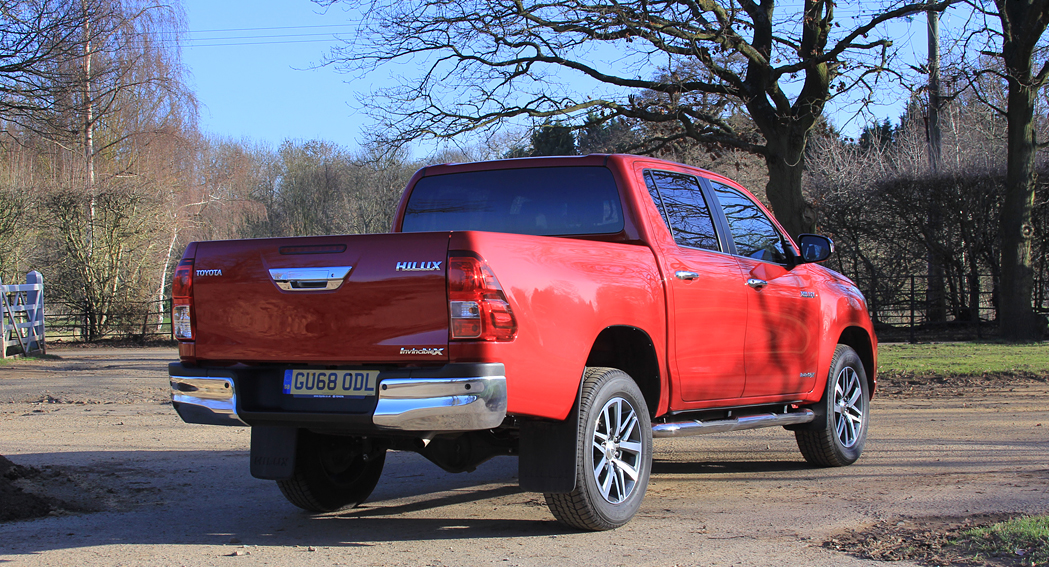
Entry level models are equipped with a six-speed manual transmission. The six-speed automatic transmission becomes available as one climbs the specification ladder. As is the norm.
Standard equipment is good. Vehicle Stability Control, Trailer Sway Control, Active Traction Control, Hill-start Assist, and rear diff-lock are standard. So is air con, Bluetooth, a 6 speaker radio and interestingly a CD player.
The higher the model spec, equals more equipment. So the Invincible X on test came almost fully loaded with in-vehicle tech and a full suite of off-road AWD systems.
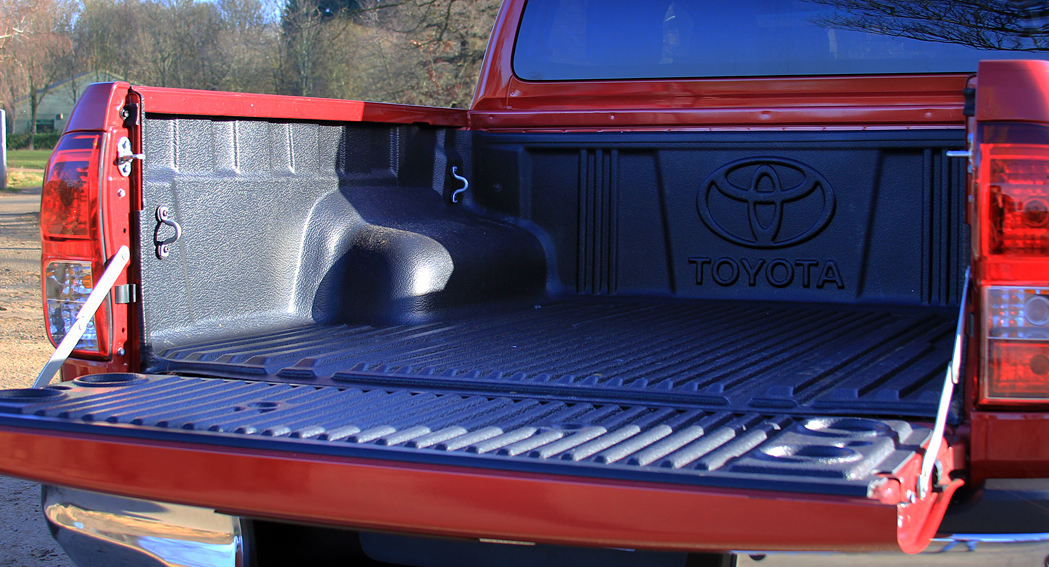
Toyota says the 8th-generation Hilux is lower and wider than the previous generation. From my perspective, it still looks like a big vehicle. From behind the wheel, you are able to eyeball Range Rovers. But what is it like to live with?
Getting into the cabin can be a little awkward. It’s down to the running boards. They are bolted too close to the underside of the chassis. It’s awkward to get full purchase with your feet, so you tend to tip-toe on the edge of the running board to step into the cabin. Once inside you are seated more or less perfectly.
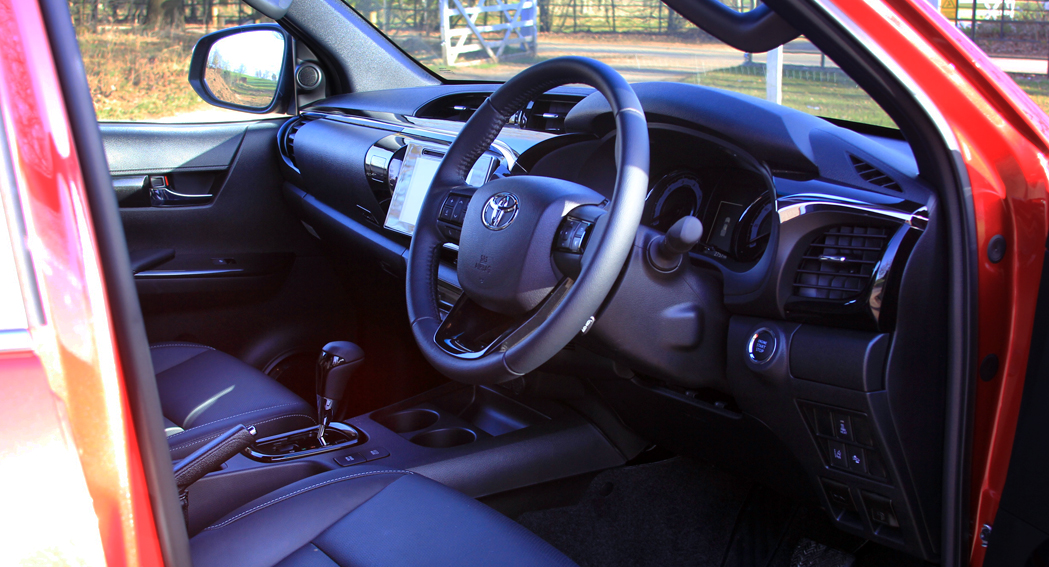
The Pick-up sized seats are comfortable. The high-ride visage ahead makes you feel like a king. Although I would have liked more rake and reach from the steering.
The materials used for the interior is a landscape of hard plastics. The only soft-touch surface, apart from the seats and carpeted floor, was on the door handles. Faux stitching is molded into the dashboard, more for presentation, and it kind of works.
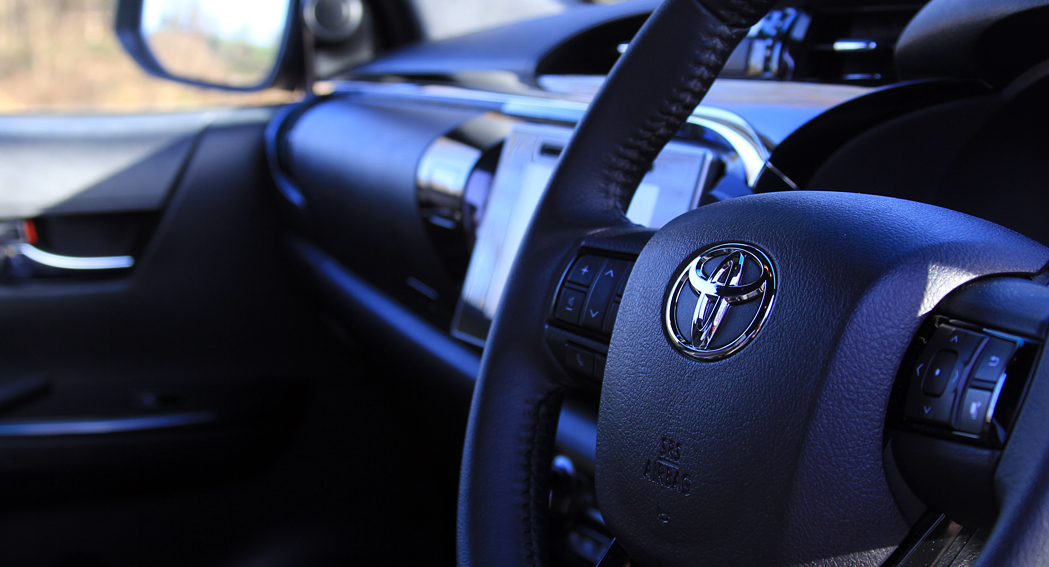
Nevertheless, the interior is rock solid in terms of build quality. No rattle no squeaks. The switchgear has a nice heft and weight. Like switchgear you find in a premium vehicle.
However, there are one or two minor usability issues. The handbrake is what it is, a hand operated lever. Quite rare to find that in a new modern-day vehicle. Some people might like that, personally, I prefer the electronic park brake.
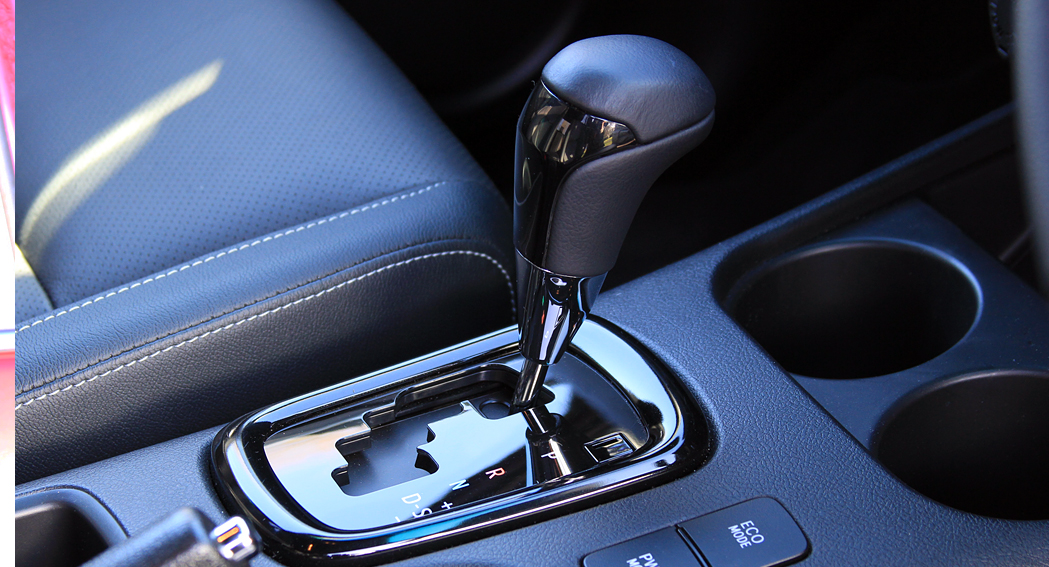
Using an electronic park brake would have allowed Toyota to move the 4×4 switch gear closer to the reach of the driver. Instead, the 4×4 switchgear is located at the bottom of the center dash stack. It’s tucked away underneath, so you have to reach down, almost crouch to access the 4×4 buttons.
It’s not a deal breaker by any means, making the adjustment is not a real-world problem.
Another issue is the infotainment system. It could do with a substantial overhaul in terms of its graphics and processor speed. The menu system is a bit overly complicated. And the Bluetooth system takes almost a minute to connect to your smartphone.
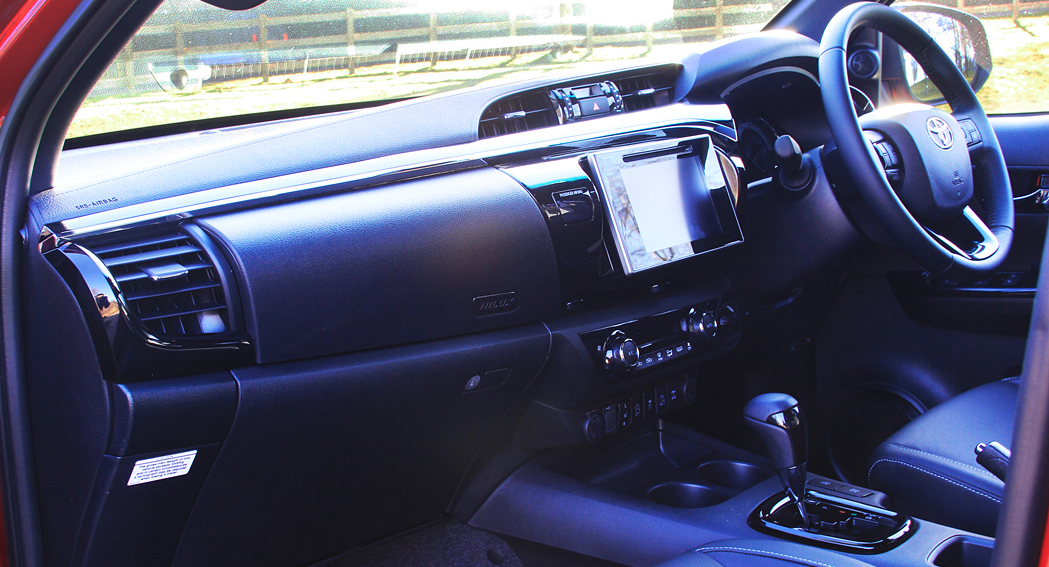
Again not a deal breaker, you get used to it. Most Bluetooth systems work rapidly these days. For most, it certainly won’t be an overbearing issue.
Upfront there is no issue with space. However, the rear passenger cabin feels a bit tight. The rear grab handles are not recessed into the roof trim and protrude out. So if you are sitting next to the passenger window you can bump your head for sure. As did I.
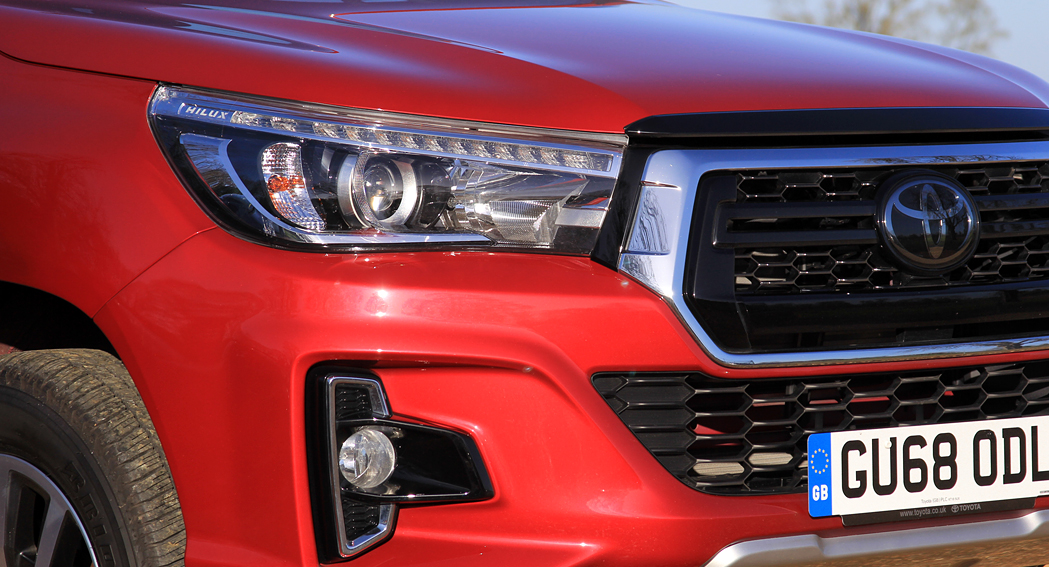
But all pickups with a double cab have limited rear passenger space, it isn’t a Toyota Hilux specific issue for sure. But the rear passenger grab handle could do with a redesign.
The Load bed is big enough. It measures 1,525mm in length. as a comparison, the Volvo V60 has a longer loading bay by 70cm. However, width measures 1500mm so all-in-all it’s a big space for hauling whatever it is you need to haul.
On the road, the Toyota Hilux delivers an SUV like drive. Like all pickups worth their weight in gold, the Hilux uses multi-link suspension at the front and leaf suspension at the rear. Utilising differing suspension philosophies often cause a handling imbalance.
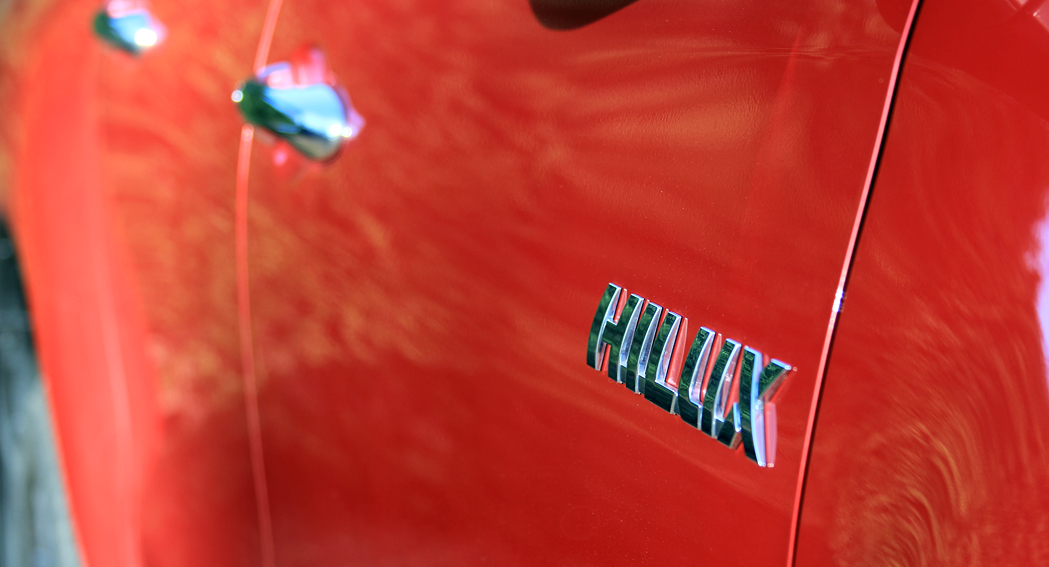
For example, the Mitsubishi L200, unloaded, is unnerving to drive on a twisty B-Road. The Toyota Hilux behaves more predictably and is reassuring on any road. And its size doesn’t feel intimidating. The massive grip allows you to flow into and out of corners predictably.
OK so there is body roll and admittedly it’s not a sports car, but the handling is quite fun for a big Pickup. The ride is OK, unladen the rear does tend to bounce over speed bumps, but that’s the compromise you have to factor in with the differing suspension setup.
The 150bhp engine is meaty and the 400 Nm of torque provides plenty of thumping acceleration. Like all modern vehicles, the Toyota offers Eco and Power driving modes. Top tip, always use the “Power” driving mode. The Power mode offers better driveability and acceleration. You simply get more shove.
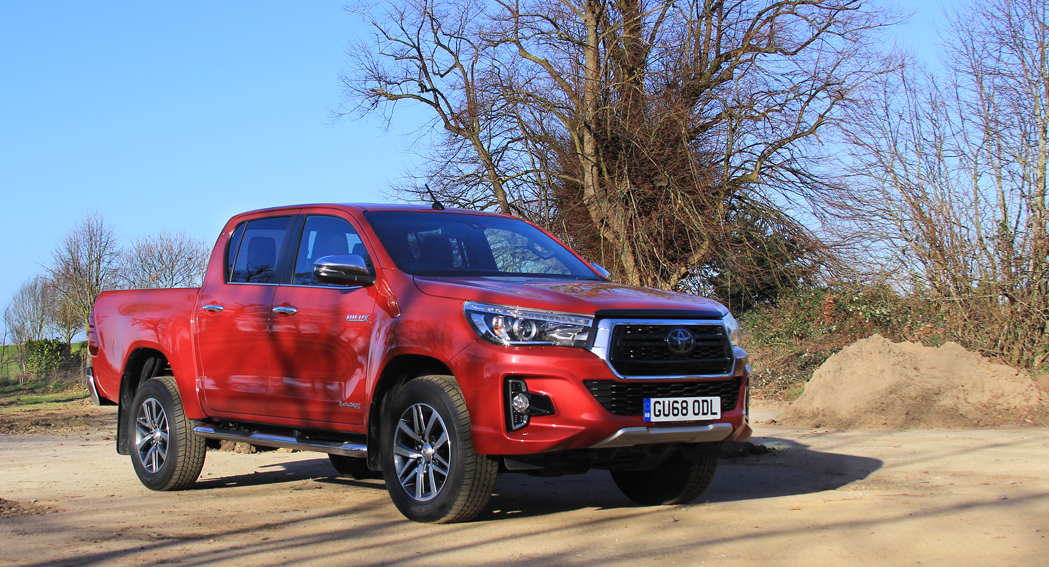
Admittedly shove is not a technical term, but Eco mode is just too lethargic when combined with the six-speed auto. And it’s debatable if you are going to save much fuel over the Power mode anyway.
Nevertheless, in Power mode, fuel economy was actually very good, 35mpg good. Not bad for a big heavyweight of a vehicle.
The engine is audible on hard acceleration, but you can say that about a Lamborghini Aventador SV. At cruising speed I would say it is an ever-present audible companion but not excessively so. Indeed when cruising at 70mph, you can hear the wind rustle as it passes over wing mirrors.
Again the latter is by no means a deal breaker, even the Rolls Royces Phantom suffers from the exact same wing mirror wind rustling. So you’re in good company.
The Toyota Hilux Invincible X is at the top end of the ownership ladder. It’s fully loaded with tech, leather seats, those 18-inch alloy wheels, I like the heated wing mirrors, and the punchy sound system with DAB and SAT NAV. You also get Toyota’s suite of driver sfatey assists. This includes lane departure warning, pre-collision warning and road sign assist.
And the Toyota Hilux Invincible X is fully loaded with off-road gear. Low diff, center locking diff, AWD, Hill decent etc. Regrettably, I didn’t get much off-roading completed. I had my sights set on on an expedition through the local park, but I think that’s illegal.
But all said and done, the Toyota Hilux retains the aura of indestructibility it is known for. And it has proper 4×4 gear to make it capable off-road yet it is also able to kill it on-road.
And personally speaking, it’s been on our bucket list of must-drives. The legend lives on and is as strong as ever.
